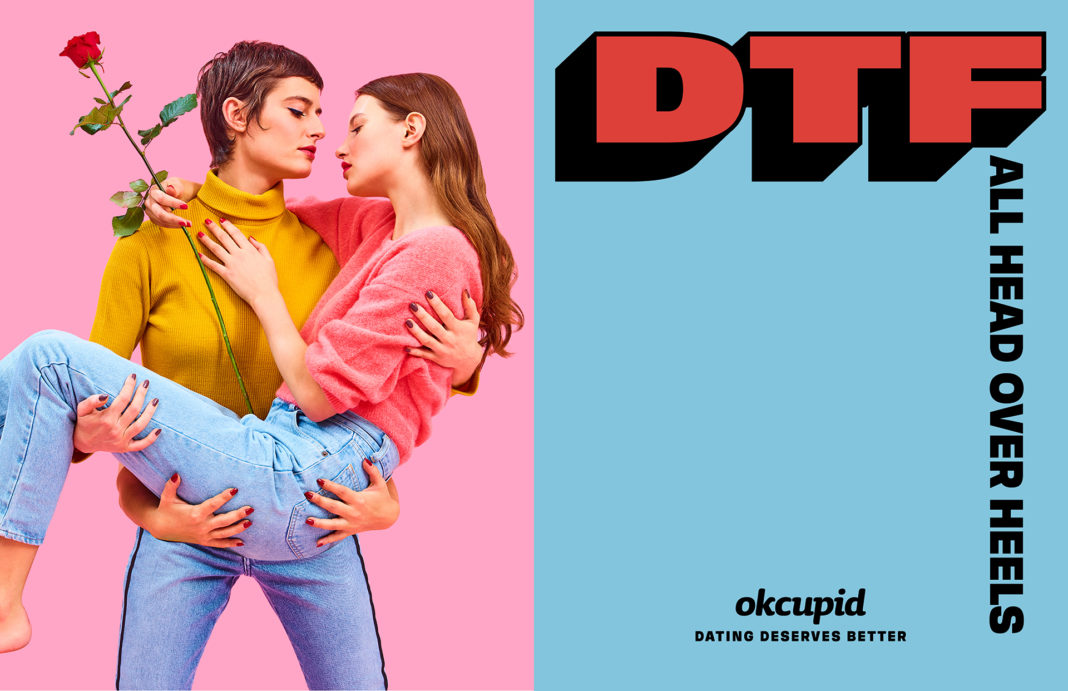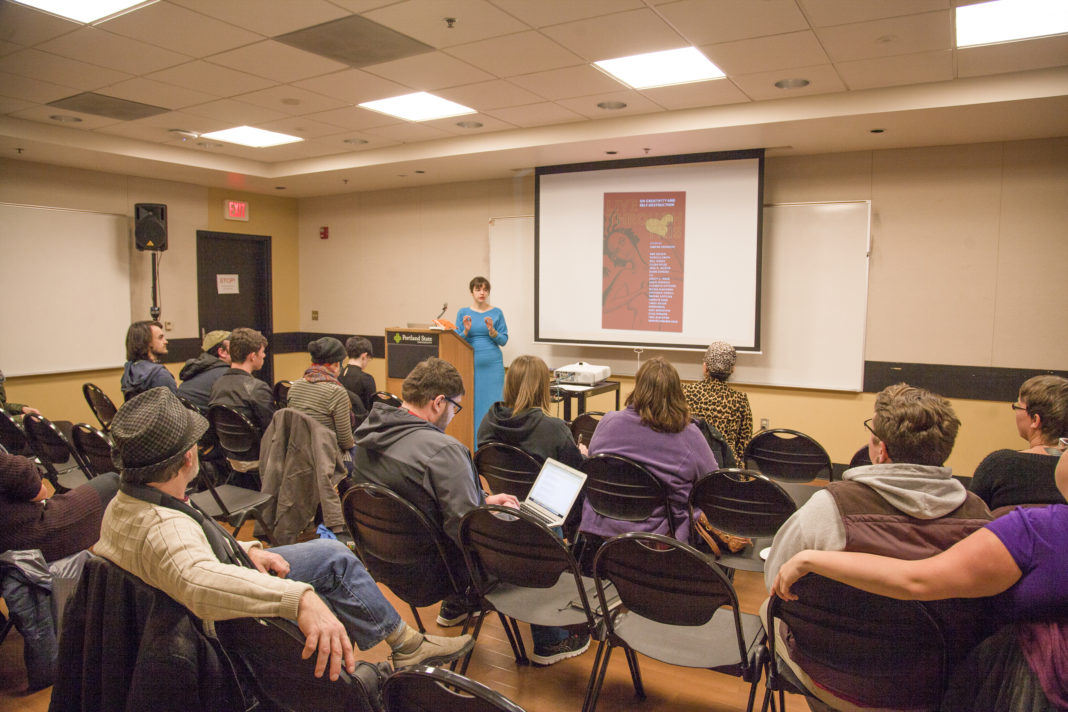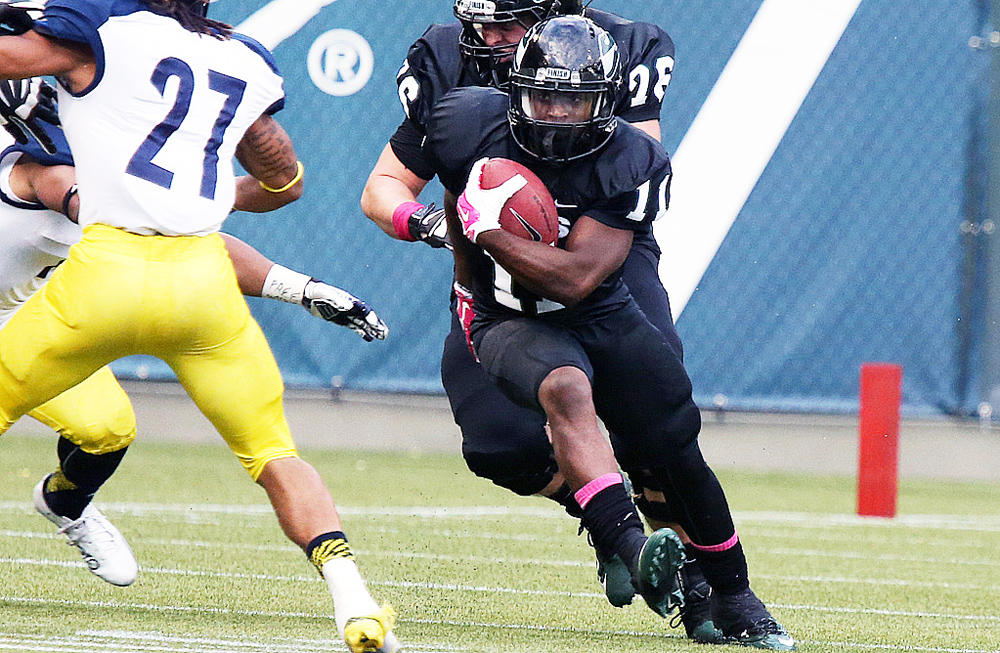OkCupid’s recent DTF ad campaign, running on Portland billboards and TriMet buses, has been turning heads and not in a positive way.
There are multiple problems with the image itself—the sexually explicit DTF is the most obvious part. This specific ad portrays one woman holding another in a heroin stance—the hero-and-damsel pose. The stereotypical appearance of the couple is even more problematic, especially the overused butch vs femme dynamic.
All of these individual problems add up to a tactless advertisement that perpetuates stereotypes.
It’s not only about how the ad portrays queer women; it’s represented as something meant to sell a service. It’s capitalizing at best and exploitation at worst.
Representing queer people in advertising is always tricky. On the one hand, non-representation in media and advertisements has a tremendous effect on the mental health and social well-being of unrepresented groups. On the other hand, misrepresentation produces the same effects.
There’s a term for lack of representation of marginalized groups: symbolic annihilation. Media Ecologists Robin R. Means Coleman and Emily Chivers Yochim stated that “symbolic annihilation points to the ways in which poor media treatment can contribute to social disempowerment and in which symbolic absence in the media can erase groups and individuals from public consciousness.”
Not only does the absence of queer people from the media affect their own mental and social health, it affects the thoughts and biases of consumers as well. In this way, it’s good that OkCupid decided to use lesbians and non-traditional couples for its ad, especially since it’s an ad for a dating service and queer people do date, but misrepresentation can be as damaging as not being represented at all.
UCLA Assistant Professor of Information Ethics Michelle Caswell stated in a study about mainstream media that “exclusion and misrepresentation have severely negative personal and social consequences,” including feelings of alienation, loss of identity and isolation.
However, another problem is using representation for capitalistic gain. The queer women in this ad are sexualized and put on display to be interpreted and stared at by the public, all to sell a service. This runs into exploitative territory. The main question at work here is: Can a for-profit company ever include marginalized groups in their advertising for purely diversity and inclusivity reasons?
One of the reasons this inclusion in advertising rubs the LGBTQ+ community the wrong way is it’s an empty gesture. Brands include queer people in advertising and show up to Pride Parades, but do they treat their queer employees well? Do they help campaign to pass laws that would prohibit employer discrimination based on sexual and gender identity in the many states that have no such protections? Do they stand up for LGBTQ+ rights day to day?
Some companies are better than others, but at the end of the day, they’re selling something. And when it comes to this ad, I—along with many others in the LGBTQ+ community—am not buying.
Companies and media outlets should be more aware of misrepresentations, especially of marginalized groups. It’s not enough to be inclusive for the sake of checking a box in the name of capitalism. It’s important to be accurate in depictions and representations.







